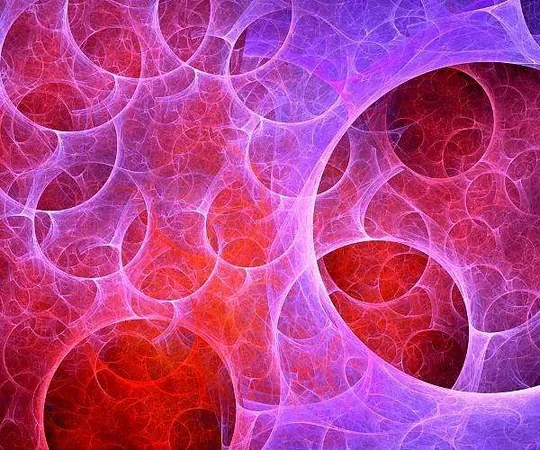
Don't Miss the Spectacular Geminid Meteor Shower: Discover the Universe's Massive Stars!
2024-12-05
Author: Sophie
Don't Miss the Spectacular Geminid Meteor Shower: Discover the Universe's Massive Stars!
As the year winds down, stargazers prepare for one of the most breathtaking celestial events: the Geminid meteor shower, peaking overnight from December 13 to 14. This annual astronomical delight is renowned for its vibrant meteors, often viewed as the best meteor shower of the year—outshining even the famed Perseids of August!
The Geminids originate from the asteroid 3200 Phaethon, discovered in 1983. Its radiant point lies in the constellation of Gemini, represented by the bright star Castor. Enthusiasts are encouraged to begin their observation around 9 p.m. on December 13, when Gemini will rise prominently in the eastern sky. For the most spectacular viewing, look up between 1-2 a.m. as the constellation heads overhead. On a good night, expect to see between 60 to over 120 meteors per hour, with the possibility of bright fireballs adding to the show.
However, potential observers should be mindful of the nearly full moon, which will rise earlier in the afternoon and remain bright throughout the night. This "Cold Moon," nearing 97% illumination on December 13, may wash out some of the fainter meteor trails, so don’t hesitate to bundle up and brave the outdoors between the celestial performances.
The Marvels of Massive Stars
While the Geminid shower captivates our attention here on Earth, astronomers remind us of the incredible cosmic phenomena that surround our planet. The sun may dominate our solar system by containing 99.8% of its total mass, but it is dwarfed by some of the most massive stars in the universe.
Among these giants is R136a1, a mysterious hypergiant located in the Tarantula Nebula, a breathtaking stellar nursery located in the Large Magellanic Cloud, approximately 165,000 light-years away. With a mass estimated at around 265 solar masses and brightness over 4.7 million times greater than the sun, R136a1 stands as the most massive known star in the universe. As astronomers observe the region, they estimate that the R136 area contains about 3,000 stars, many of which display similar opulent characteristics.
The star's powers are far-reaching, illuminating the gas surrounding it and contributing to the nebula's iridescent appearance. Yet, the future of R136a1 is uncertain; as it exhausts its stellar material, it will eventually face intense instability, possibly leading to a spectacular pair-instability supernova—a violent end that others in the cosmos are still yet to witness.
In addition, the largest known star is Stephenson 2-18, located 19,900 light-years from Earth. With a staggering radius of 2,150 solar radii, this red hypergiant showcases the variety of massive stars in our galaxy.
Your Stargazing Guide
For a successful meteor shower experience this December, wear warm clothing and position yourself away from city lights. Use reclining chairs or blankets to keep comfortable while you gaze at the sky. The spectacle of meteors is not only a reminder of the dynamic universe we inhabit but also a glimpse into the lives of the stars that outshine our sun.
The magic of the cosmos is near, and whether you're marveling at falling stars or the colossal giants of the universe, take a moment to appreciate the vastness beyond our planet. Clear skies await as the incredible Geminids light up the night, reminding us of the stellar wonders that exist far beyond our imagination!
Events to note:
- **December 13-14:** Peak of the Geminid meteor shower - **December 15:** Full "Cold Moon" at 5:02 a.m. AST
Gather your friends and family, ignite your curiosity, and prepare for a starry winter night that promises to be out of this world!









 Brasil (PT)
Brasil (PT)
 Canada (EN)
Canada (EN)
 Chile (ES)
Chile (ES)
 España (ES)
España (ES)
 France (FR)
France (FR)
 Hong Kong (EN)
Hong Kong (EN)
 Italia (IT)
Italia (IT)
 日本 (JA)
日本 (JA)
 Magyarország (HU)
Magyarország (HU)
 Norge (NO)
Norge (NO)
 Polska (PL)
Polska (PL)
 Schweiz (DE)
Schweiz (DE)
 Singapore (EN)
Singapore (EN)
 Sverige (SV)
Sverige (SV)
 Suomi (FI)
Suomi (FI)
 Türkiye (TR)
Türkiye (TR)